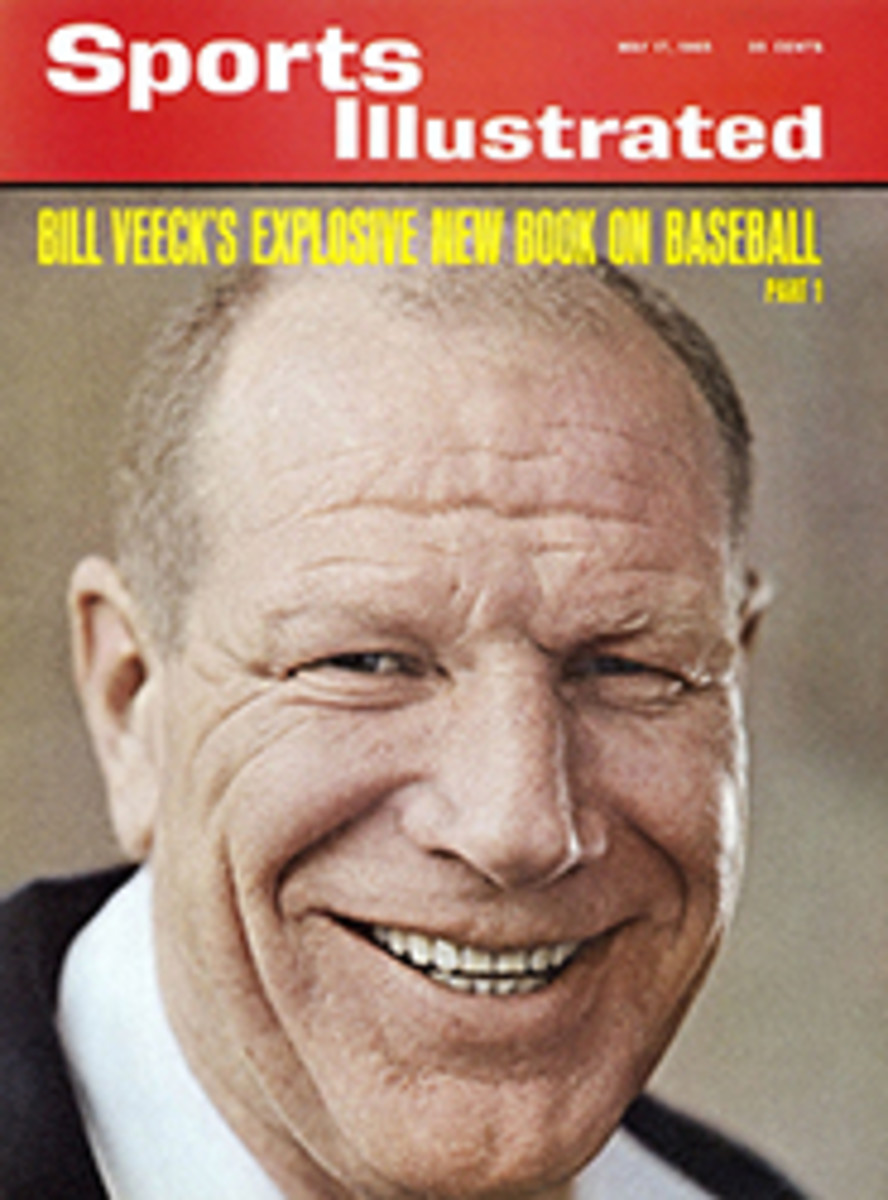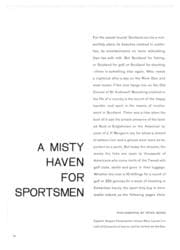
Most of the facts fit to print are in 'The New York Times Sports Almanac'
Frank Litsky has been filing and piling, sorting, clipping and alphabetizing for 30 years, from the time he was 8. He now has 27 feet of bookcases filled floor to ceiling with sports books, magazines, annuals and personal lists. He recently moved to an eight-room house in West Englewood, N.J. because he needed more room for his files. His friend Steve Tyno has barrels and file cabinets full of the same kind of information. He wants to present them to Litsky. Litsky thinks he just wants to unload them.
After a thousand hours on their own time, Litsky and Tyno have lifted from the mélange a monument to compilation: The New York Times Sports Almanac 1965 (J. Lowell Pratt & Co., Inc., 95¢). It is exactly the kind of everything-from-sumo-wrestling-to-sled-dog-racing record book sports has never had, and is exactly what their buddies at the Times would expect from Reporter Litsky and Assistant to the Sports Editor Tyno. Sports Editor James Roach says the two ways of finding a fact at the Times are to 1) check the files and 2) ask Litsky or Tyno. He says the second method is quicker.
The book is parsleyed with lively text and glossy pictures. Its editors wanted it to be something more than columns of figures and the names of champions. It includes a sprightly review of the sports year by Roach and a more personal retrospect by Arthur Daley. Other Times staff writers contributed remarks on their various specialties. Litsky himself, who specializes in rather a lot, has signed pieces on basketball, ice hockey, swimming, track and field, and the Olympic Games.
Litsky tells cliffhanging stories of the almanac's borning: how the authors had to take blood oaths of silence in order to get athletic award winners (the Sullivan, the AP, etc.) weeks in advance; how IBM results from the Olympics were hand-carried by a mysterious stranger; and how officials evaded and delayed in giving names and statistics.
So far, only three mistakes have been discovered in this fine first effort: the U.S. Canada Cup team actually beat Argentina by 11 points instead of 10 (page 98), the Atlantic Coast Conference is omitted from the college basketball standings (page 51) and Los Angeles Dodger baseball attendance was not really the same in 1963 and 1964 (page 41). As appraisals go, that of Frank Litsky's son, Charlie, 4½, is holding up well: "Daddy," said Charlie, "it's the best sports almanac I ever read."

